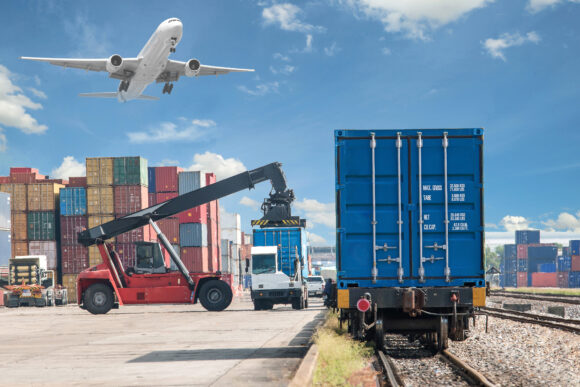
This article is proudly sponsored by IAT Insurance Group.
In a tragic 2019 incident, a woman lost her life in a car accident involving a semi-truck transporting avocados. The driver’s wife, an unauthorized passenger, was the victim in this unfortunate event. The company’s $1 million auto liability insurance could only cover $960,000 for the incident, leaving a significant financial gap for damages to other parties involved.
This highlights the importance of having adequate insurance coverage, especially in cases where unexpected events can lead to serious financial consequences. A standard auto liability policy may not be enough to address all potential risks and liabilities that commercial trucking companies may face.
It is crucial for motor carriers to establish clear policies regarding passenger transportation to mitigate risks and ensure compliance with regulations. Here are four key considerations for creating passenger-specific procedures.
4 Tips for Implementing Passenger-Specific Procedures
1. Driver Criteria
Screen your drivers carefully by checking their driving record, accident history, and experience level before allowing them to transport non-employee passengers. Only experienced and qualified drivers should be permitted to have passengers in their vehicles.
2. Passenger Restrictions
Implement restrictions for certain types of passengers, such as minors and non-family members, to minimize risks associated with potential accidents and liabilities. Limiting passengers to family members can help reduce exposure to additional risks.
3. Legal Protection
Consider having passengers sign a “hold harmless” agreement to mitigate potential legal risks in case of accidents. Implement a separate passenger policy with adequate coverage to protect both drivers and passengers from liabilities.
4. Insurance Coverage
Recognize that carrying passengers in commercial vehicles can increase insurance premiums and potential losses. Ensure you have the appropriate insurance coverage in place to address passenger-related liabilities and protect your business.
Understanding the Distinction
Differentiate between non-employee passengers and casual laborers to ensure proper insurance coverage and risk management. It is essential to address these distinctions to adequately protect your business and employees.
Got a risk management question?
Send your inquiries to losscontroldirect@iatinsurance.com for a chance to have them featured in an upcoming blog post.
Authored by Jaden Tareta
[1] Department of Transportation National Archives Code of Federal Regulations “§ 392.60 Unauthorized persons not to be transported,” July 28, 1995.
Interested in Trucking?
Sign up for automatic alerts on this topic.






